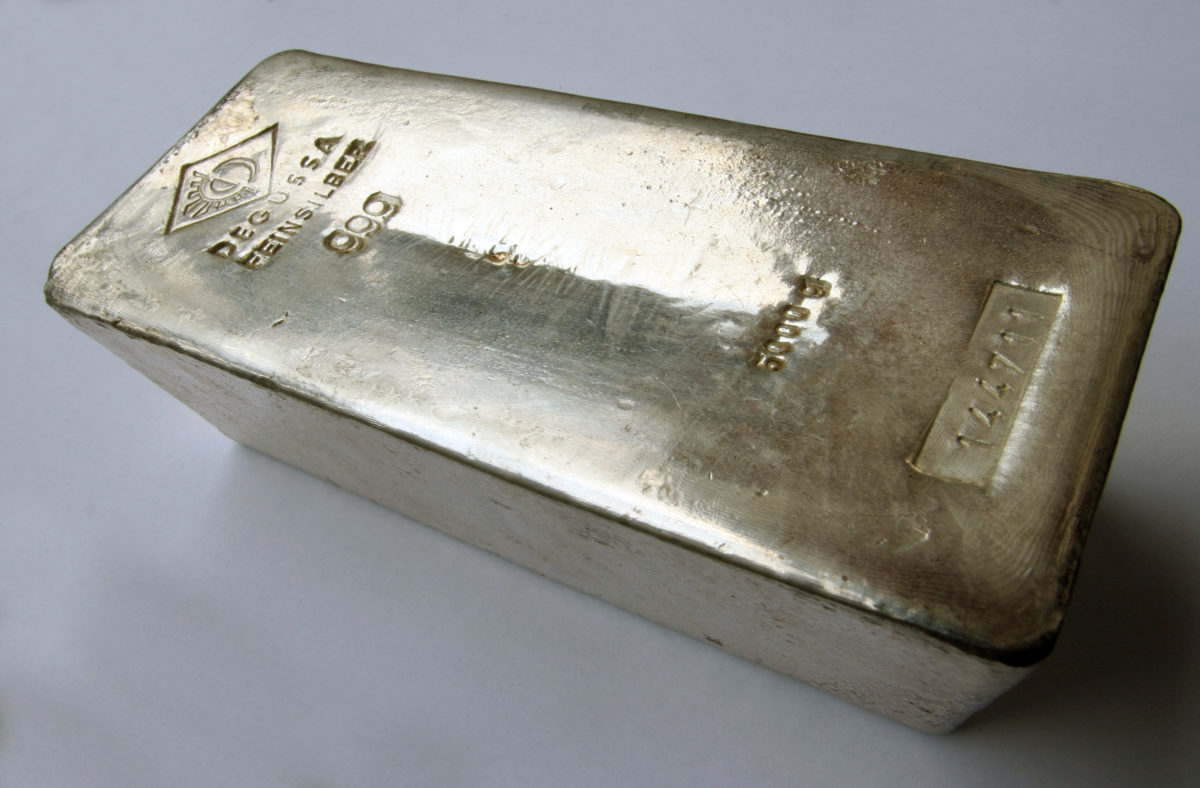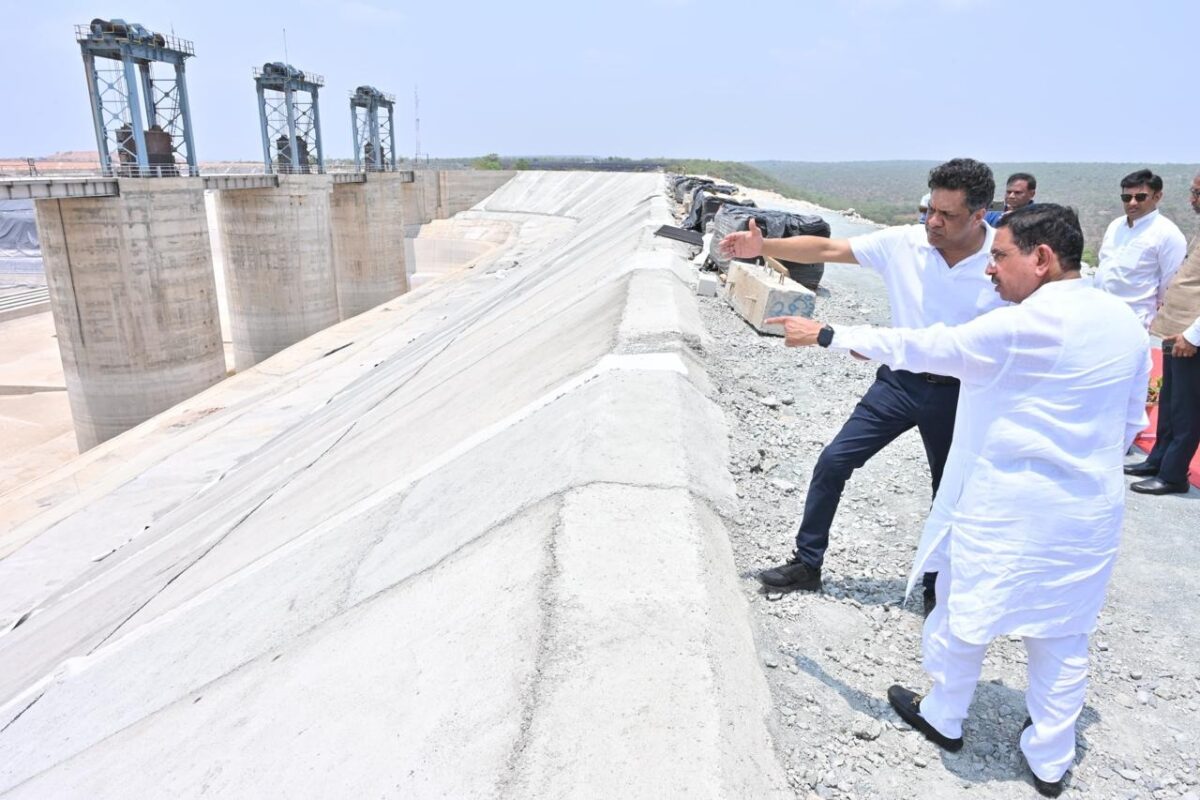Dedicated availability and affordability of materials are critical for the success of India’s ambitious PV solar programme. Unfortunately, India currently depends heavily on imports of materials, like silver and copper – any changes in their pricing will impact PV product manufacturing.
A recent study by the European Union’s Resource Efficiency Initiative (EU-REI) Project in India highlights that process innovation can reduce primary demand of resources for India’s solar PV manufacturing sector. Furthermore, efficient recycling can help in recovering these materials, thus helping India achieve material security.
The EU-REI project is being implemented on behalf of the EU by a consortium led by the Deutsche Gesellschaft für Internationale Zusammenarbeit (GIZ) GmbH and includes The Energy and Resources Institute (TERI), Confederation of the Indian Industry (CII) and adelphi. TERI analyses the scope and potential for enhancing resource efficiency and integrating circular economy thinking in the solar PV sector in India.
Resource efficiency in manufacturing
At present, the production capacity in the Indian PV industry is largely based on crystalline silicon. The installed capacity of solar cells and modules is said to be 1.4 GW and 5.7 GW, respectively. The slow growth trend in cell manufacturing capacity additions may be attributed to the unavailability of raw materials, lack of technological know-how, lack of large-scale demand for domestically manufactured cells, and an unskilled technical workforce.
The Indian Government’s policy thinktank, NITI Aayog estimates that India will have 160-170 GW of installed solar PV capacity by 2030, compared to 5 GW in 2015. With this, the total requirement of key materials is expected to increase from 700,000 tons in 2015 to 12,000 thousand tons in 2030. The relative material share of silver, aluminium, glass and polysilicon (by monetary value) is said to be 47%, 26%, 8% and 11%, respectively.
India produces just a small quantity of the silver that is consumed in the country. Most of it is imported from countries, such as China, the United Kingdom and Australia. The average volume of silver produced domestically in recent years was roughly 400 tons annually, while silver imports have totaled around 5,000 tons. By 2030, the demand for silver in the PV sector alone is likely to be close to the current average imports of silver.
The EU-REI report highlights that for PV cells, resource efficiency can be achieved by ways such as reducing kerf-loss with the use of Diamond Wire Sawing technology in place of the standard slurry based silicon wafering technology, reducing the consumption of silver by substituting it with copper and other alloyed materials, reducing the thickness of front glass and introducing frameless modules to decrease aluminium consumption.
With such resource efficiency measures, the Indian PV sector can reduce its material requirement from an estimated 12 million tons to 8.2 million tons by 2030. In fact, resource-efficient approach provides an efficiency of more than 30% by 2030, from an earlier 6% in 2018.
End of life management
The International Renewable Energy Agency (IRENA) estimates that India’s cumulative PV waste generation in 2016 was 1,000-2,500 metric tons. This is expected to rise to 50,000-320,000 metric tons by 2030, and 4.4-7.5 million metric tons by 2050, as a result of country’s solar targets. The ramping up of solar power generation should address the prospect of used panels that are set to flood landfills, while leaching toxic waste into the environment.
Developed countries across the world have given serious thought to the end of life management of solar PV modules. Indian policy makers can learn from these countries, and design a waste management plan, including recycling standards for the huge e-waste, which will be generated in the form of used-up solar panels.
Presently, India does not have a robust recycling infrastructure, nor a regulatory framework for solar PV panels. The concerned authorities should try to make amendments regarding solar PV recycling in existing e-waste rules.
Key recommendations
To enhance India’s raw material security, the EU-REI report suggests the adoption of standardized and easily dismantled product designs, the use of recycled raw material in solar PV system manufacturing, and the setting up of a proper solar panel recycling infrastructure, which can manage the large volumes of PV modules that will be disposed of in the near future.
Furthermore, there is a need to encourage development of thin film technologies that use earth-abundant materials and promise low weight and flexibility, as well as development of recovery technology for valuable and rare earth elements, such as palladium (Pd), tantalum (Ta), indium (In), gallium (Ga) and beryllium (Be) present in traces.
Developers should be held responsible for handling damaged and unusable modules broken during transit or installation. To that end, policy makers need to design an agreement mandating the developers for collection of damaged and unusable modules broken during transit or installation. The cost of take-back arrangement needs to be specified within the total cost of installation. Enforcement mechanism for such contracts should be designed by the government in their tenders/schemes or power purchase agreements.
In the context of resource efficiency standards, there is a need to to strengthen and organize the used panels segment by recognizing specialized dealer network or manufacturers so that used panels can be brought back, remanufactured or refurbished, and sold through organized channels.
This content is protected by copyright and may not be reused. If you want to cooperate with us and would like to reuse some of our content, please contact: editors@pv-magazine.com.









By submitting this form you agree to pv magazine using your data for the purposes of publishing your comment.
Your personal data will only be disclosed or otherwise transmitted to third parties for the purposes of spam filtering or if this is necessary for technical maintenance of the website. Any other transfer to third parties will not take place unless this is justified on the basis of applicable data protection regulations or if pv magazine is legally obliged to do so.
You may revoke this consent at any time with effect for the future, in which case your personal data will be deleted immediately. Otherwise, your data will be deleted if pv magazine has processed your request or the purpose of data storage is fulfilled.
Further information on data privacy can be found in our Data Protection Policy.